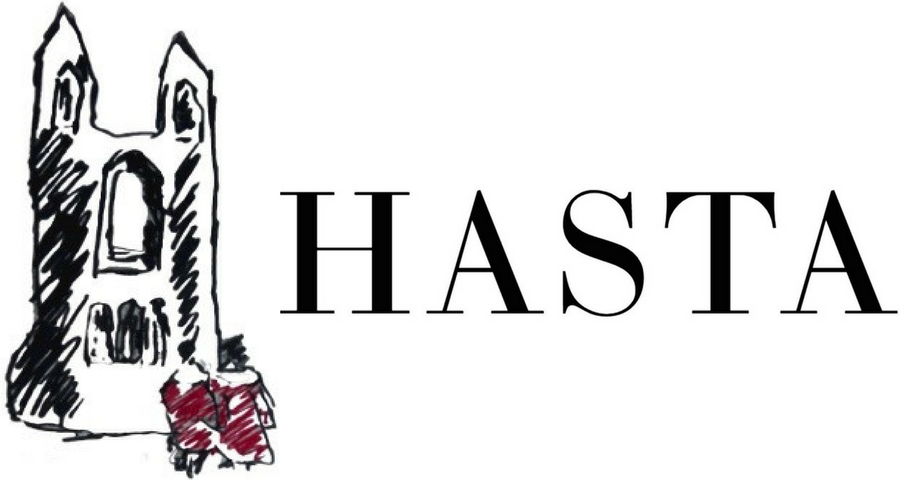Technology and Art are Finally Finding Common Ground... in the Art Market
By Iona Bielby
According to The Art Newspaper, this year the company, Codex, will look to launch a blockchain-backed title registry for the art market, allowing provenance and value of artworks to be more secure and trustworthy, leaving less room for politics and dodgy deals.
Source: https://www.theartnewspaper.com/news/new-art-registry-will-use-blockchain-technology
But what exactly is blockchain technology?
Blockchain technology allows digital information to be distributed but not copied. It resembles a public database—a refined Wikipedia, if you will. According to Don and Alex Tapscott, authors of Blockchain Revolution, “the blockchain is an incorruptible digital ledger of economic transactions that can be programmed to record not just financial transactions but virtually everything of value.”
It sounds modern and ambiguous, but perhaps the intersection of blockchain and the art market isn’t as random as one might think.
Patronage is the crux of the art market— and has been for centuries. Despite the fact that it is 2018, transactions between artists and patrons are essentially the same as they were in the 19th century. Only now, the gap between monetary gain and artistic expression is given a chance to evolve into a more transparent, and perhaps, regulated market.
According to Bettina Warburg, a leading force of blockchain technology, this type of database is a “continuation of a very human story.” The technology simply capitalizes on the uncertainty that humans have for one another. With a public, manageable, and self-updating database, uncertainty is lowered so that value can be exchanged. The success of the movement in fact is grounded in the collective uncertainty so that an artificial, and thus objective, code is birthed in lieu of a third party or contract, making exchanges between one another more of a collaborative and wholesome effort.
Bettina Warburg delivering a Ted Talk on blockchain technology. Source: https://www.ted.com/speakers/bettina_warburg
Thus, ironically, the symbolism behind blockchain technology (in that the human experience is constantly improving itself to a point of perfection) actually accentuates the vulnerability and desire to collaborate and exchange goods and ideas (the overarching principle of both convenience and transparency blockchain technology offers)—a desire that is fulfilled through the international art market.
Technology Futurist, Ian Kahn, claims blockchain technology means “no more missed transactions, human or machine errors, or even an exchange that was not done with the consent of the parties involved.”
And if this is the case, blockchain technology may offer a surprisingly useful tool for today’s unregulated art market. It offers, according to Khan, “a connected distributed system of registers, all of which are connected through a secure validation mechanism.” Thus, the entire transaction history of an artwork would be both public and protected by code. For the art market, this would mean a decreased cost in proving provenance as well as less grey area in contracts and rightful ownership, making transactions, daresay, easier.
But what does it mean for the rest of the economic world? Is blockchain technology really the promising future of commerce? Or is it just another part of society that has been replaced by machines?
Bibliography
Joshi, Naveen. “Blockchain and Art: A Match Made in Heaven?” The Market Mogul, 5 Sept. 2017, themarketmogul.com/blockchain-art/.
Bettina Warburg . (2016, June). How The Blockchain Will Radically Transform the Economy. Retrieved from https://www.ted.com/talks/bettina_warburg_how_the_blockchain_will_radically_transform_the_economy
Hanson, Sarah P. “New Art Registry Will Use Blockchain Technology.” The Art Newspaper, The Art Newspaper, 30 Jan. 2018, www.theartnewspaper.com/news/new-art-registry-will-use-blockchain-technology.
Rosic, Ameer. “What Is Blockchain Technology?” Blockgeeks, Blockgeeks, 2017.


